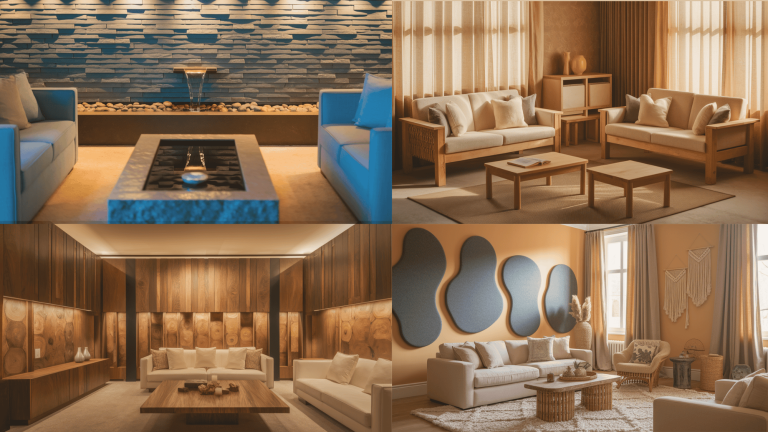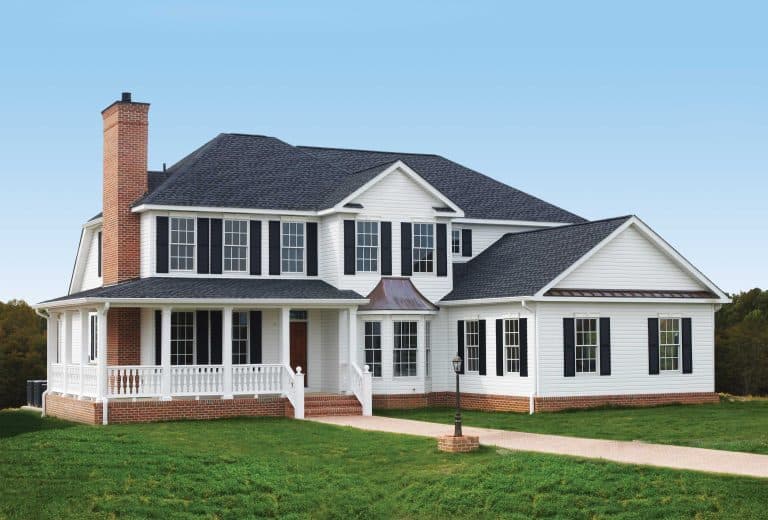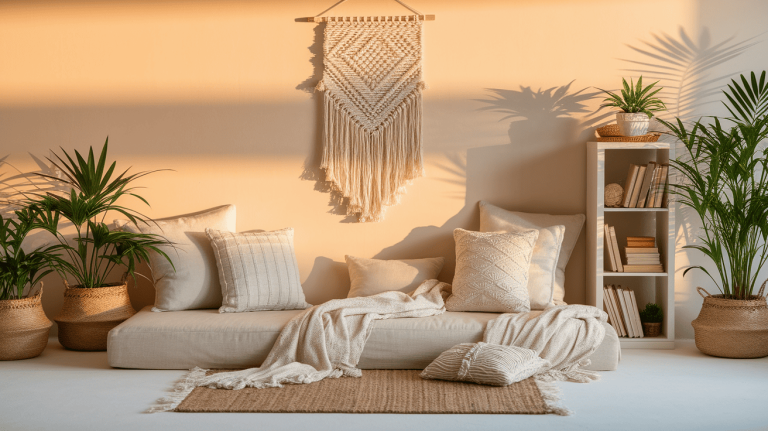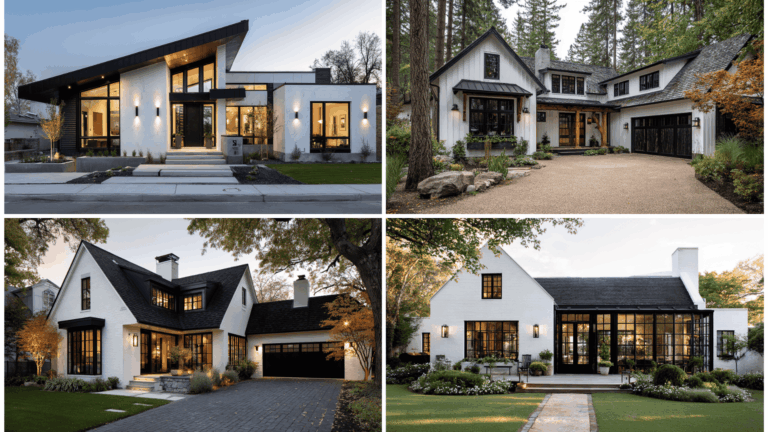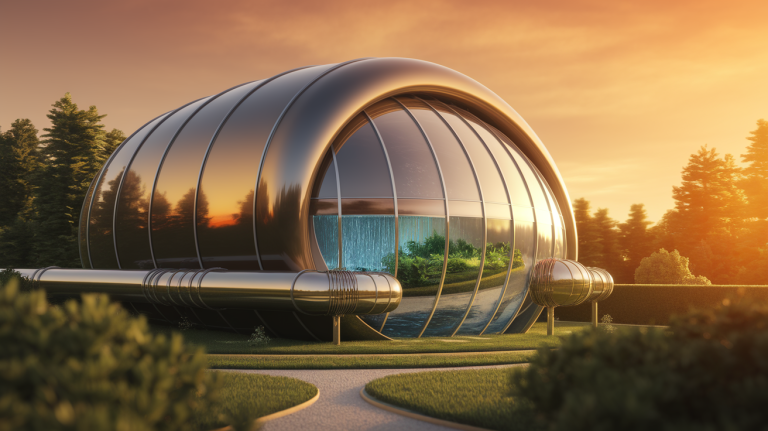A Complete Guide to Lacquer and Its Usage
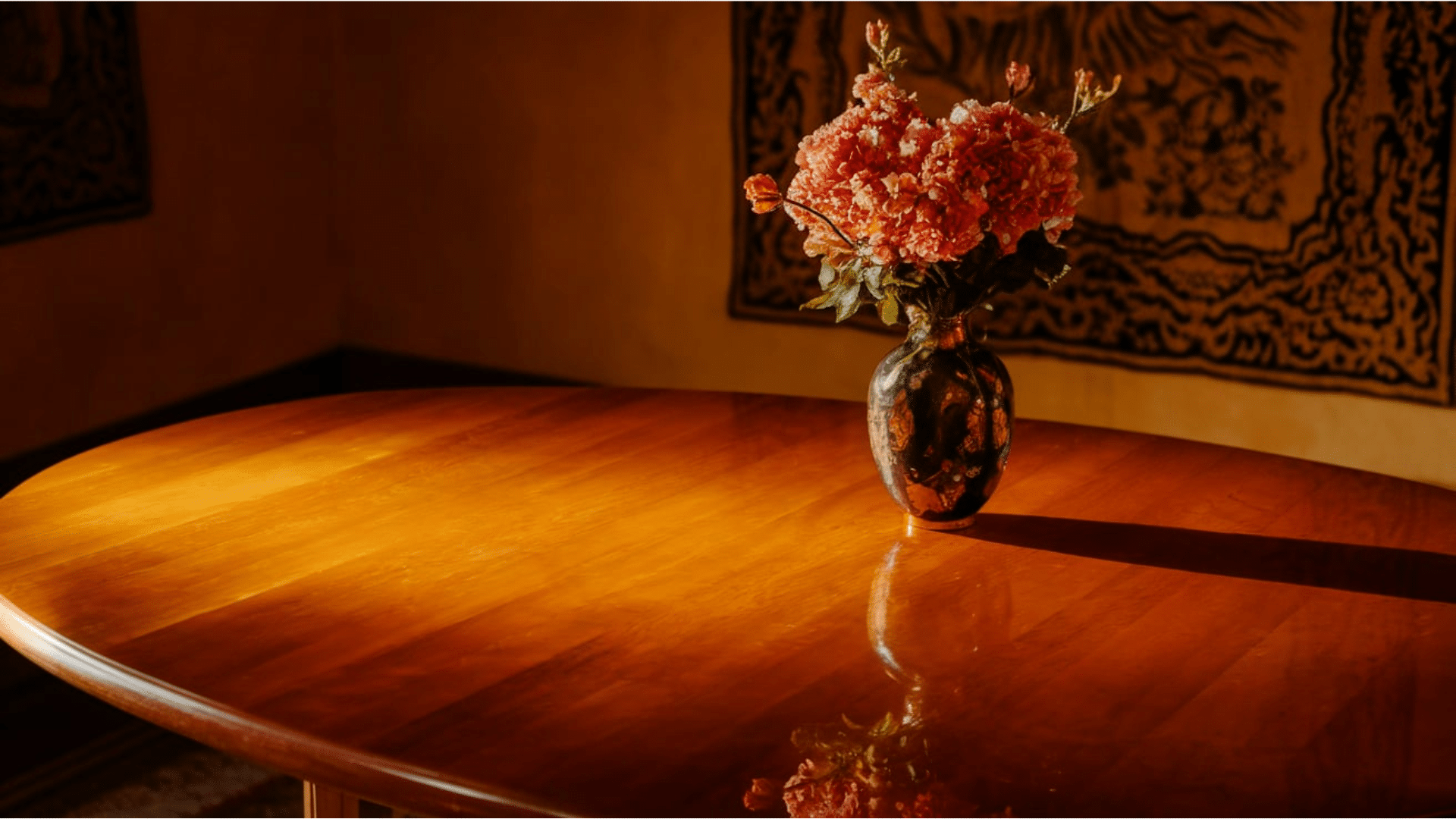
Lacquer is a versatile, clear or colored finish used to protect and enhance surfaces such as wood, metal, and certain plastics.
It forms a hard, durable coating that resists moisture, dirt, scratches, and general wear, making it ideal for both decorative and functional purposes.
Beyond protection, lacquer enhances the surface’s beauty by adding depth, richness, and a smooth sheen that highlights natural patterns and textures.
Available in a range of finishes, from brilliant high-gloss to subtle satin or matte, it offers flexibility to suit different styles.
Its durability and visual appeal make lacquer a popular choice across many industries and projects.
Different Types of Lacquer
There are several types of lacquer, each with its own characteristics and applications. The main types include:
- Nitrocellulose Lacquer: This is one of the most commonly used lacquers, particularly in musical instruments and furniture. It’s known for its quick drying time and smooth finish.
- Acrylic Lacquer: Acrylic lacquer is known for its durability and resistance to UV light. It is less prone to yellowing over time compared to other types of lacquer.
- Polyurethane Lacquer: It combines the protective qualities of polyurethane with the smooth, glossy finish of lacquer, offering high durability and resistance to moisture and chemicals.
- Water-based Lacquer: This type of lacquer uses water as the solvent, making it a more environmentally friendly option. It produces less odor and is safer to use.
Common Uses of Lacquer
Some of the common uses of Lacquer are:
1. Furniture
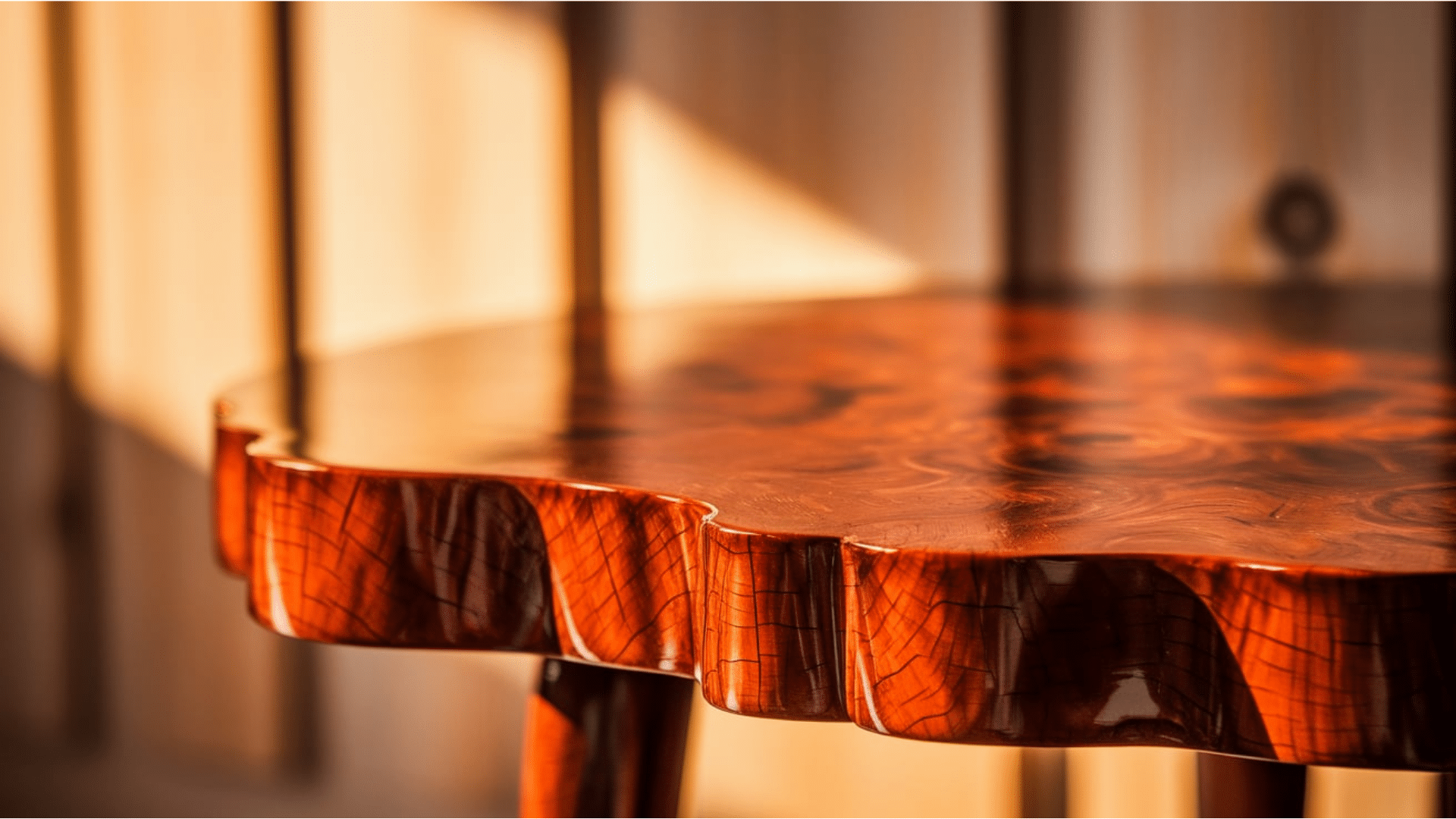
Lacquer is widely used on furniture pieces such as tables, chairs, dressers, and shelving units.
Its glossy or satin finish enhances the natural grain and color of the wood, creating a polished and upscale appearance.
Beyond visual appeals, lacquer adds a layer of protection that resists scratches, stains, and daily wear, helping furniture maintain its beauty and integrity for years.
2. Flooring
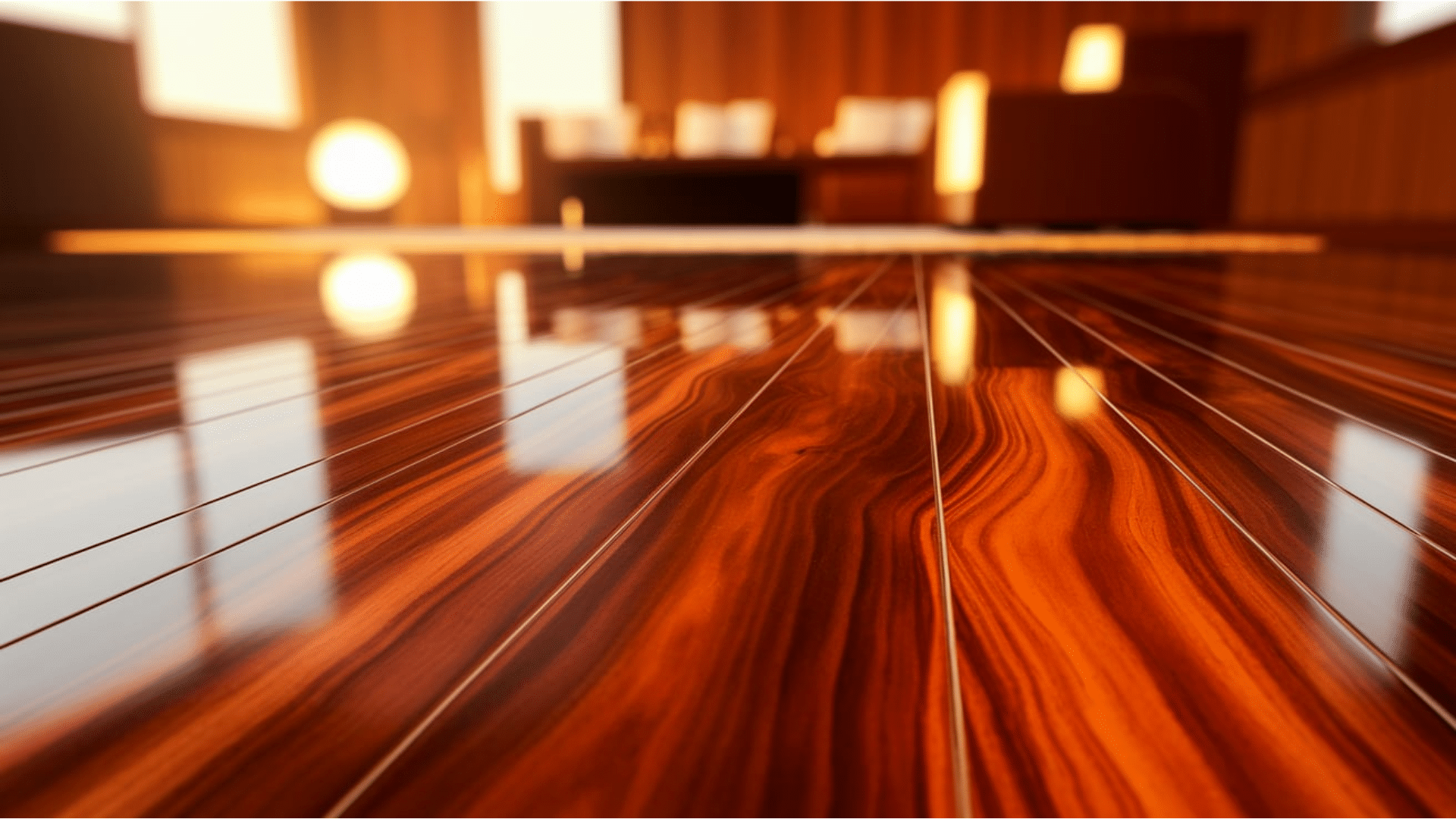
Hardwood and engineered wood flooring often benefit from a lacquer finish.
This coating brings out the richness of the wood’s tone while adding a smooth, reflective surface.
More importantly, it creates a durable barrier that guards against scuffs, spills, and dirt from heavy foot traffic.
Lacquered floors require less frequent refinishing compared to some other finishes, making them a practical yet elegant choice.
3. Cabinets
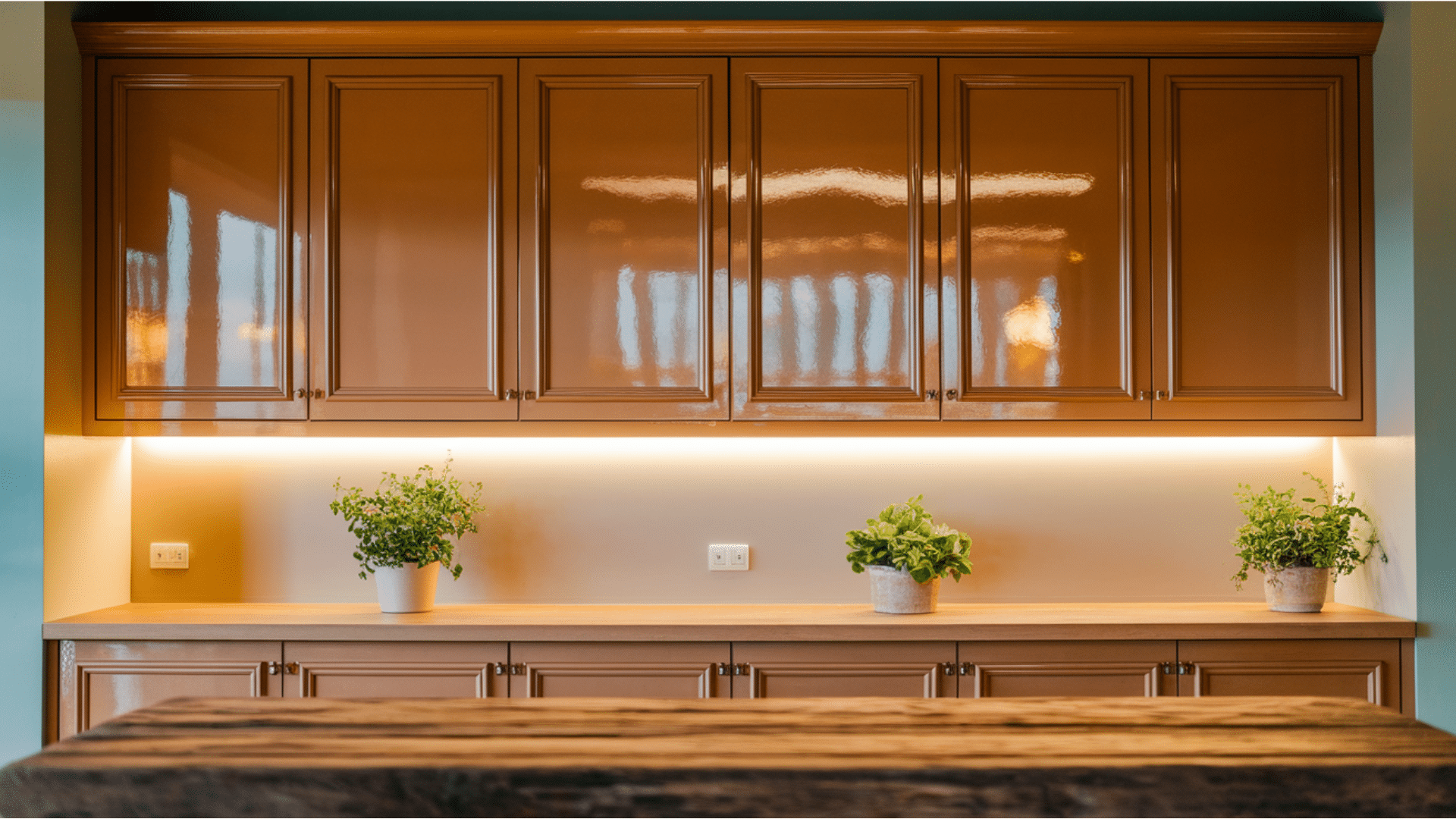
Kitchen and bathroom cabinets frequently feature lacquer finishes for both their style and practicality.
The smooth surface gives cabinets a modern, streamlined look while making them easier to clean.
Lacquer’s moisture resistance is especially valuable in high-humidity environments, helping prevent warping, staining, and discoloration.
4. Musical Instruments
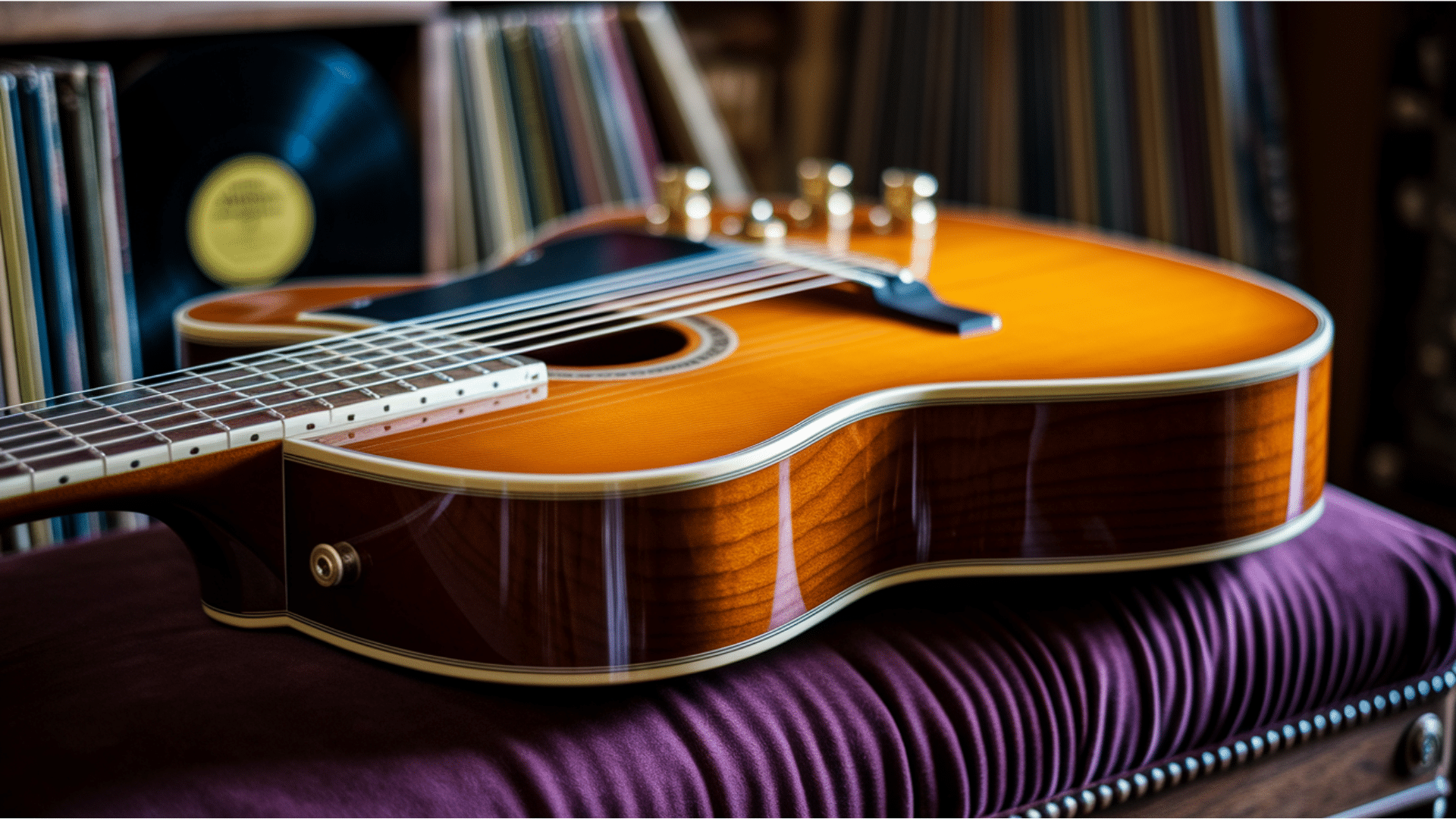
Many premium musical instruments, such as guitars, violins, and pianos, use lacquer coatings to enhance their appearance and longevity.
Lacquer provides a sleek, lustrous surface that makes the instrument visually striking while protecting it from environmental factors like humidity and temperature shifts.
This preservation is crucial for maintaining the instrument’s tone quality and structural integrity over time.
5. Metal Surfaces
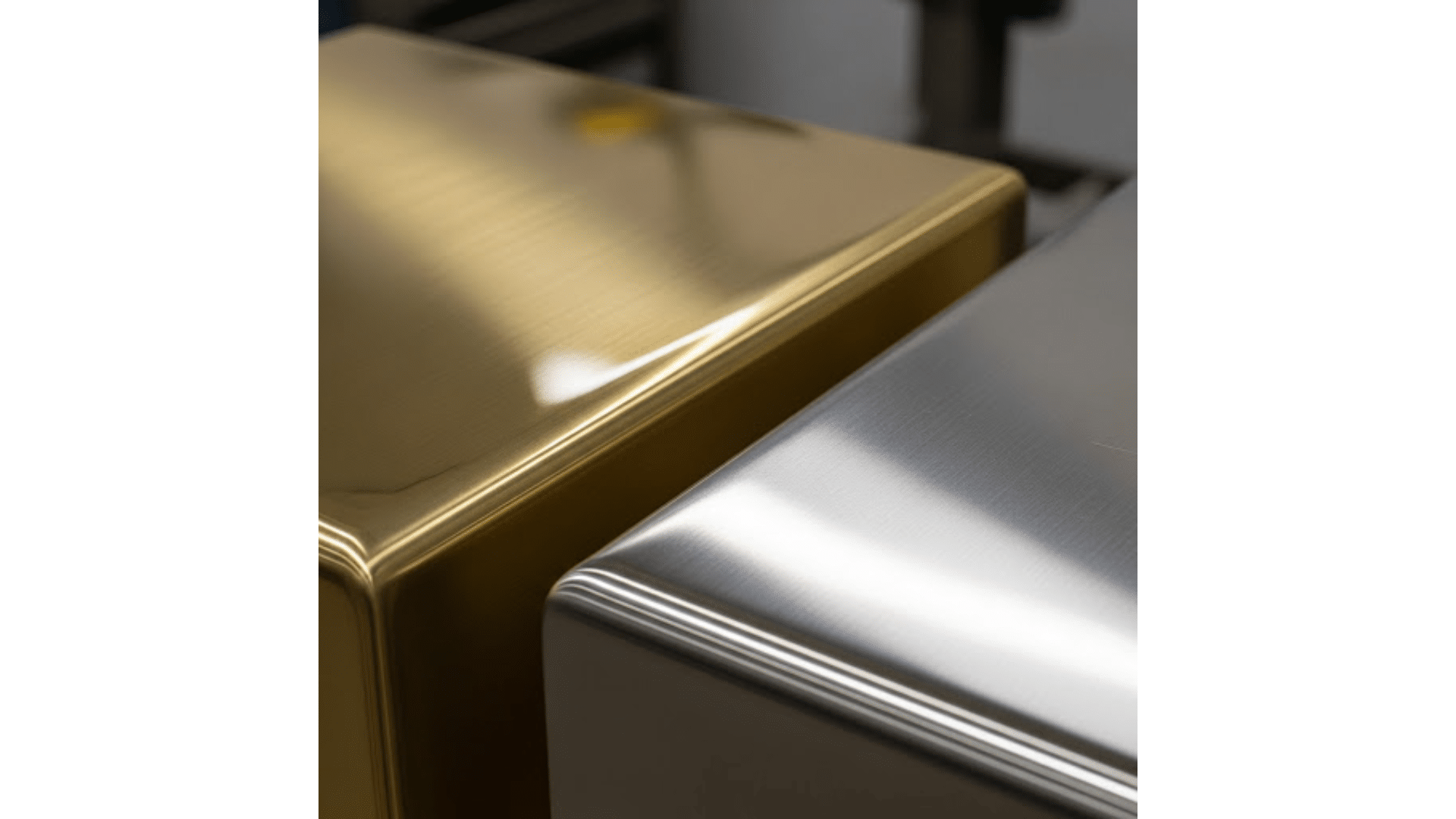
Lacquer isn’t limited to wood; it’s often applied to metal objects, including brass fixtures, stainless steel decor, and aluminum components.
On metals, lacquer acts as a protective layer that prevents tarnish, corrosion, and oxidation. It also adds a desirable sheen, making the metal look polished and new.
This use is common in decorative hardware, jewelry, and architectural details.
6. Artwork and Decorative Items
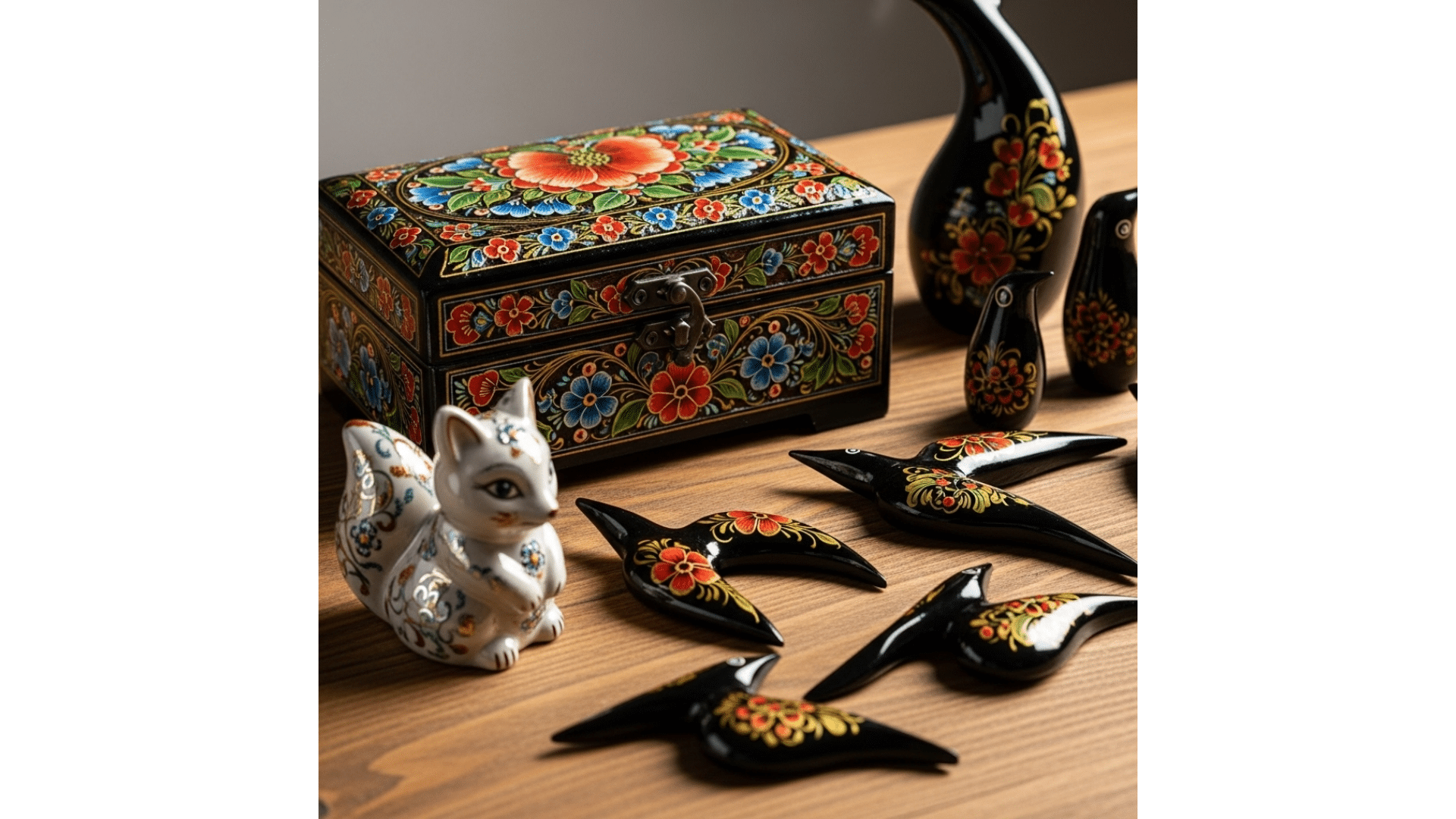
Artists and craftsmen frequently use lacquer to seal and protect paintings, sculptures, and decorative crafts.
The coating enhances color vibrancy, adds depth, and shields surfaces from dust, UV light, and moisture.
Whether applied to wood carvings, ceramic pieces, or mixed-media art, lacquer ensures the artwork maintains its visual impact and structural quality for years to come.
Benefits of Lacquer
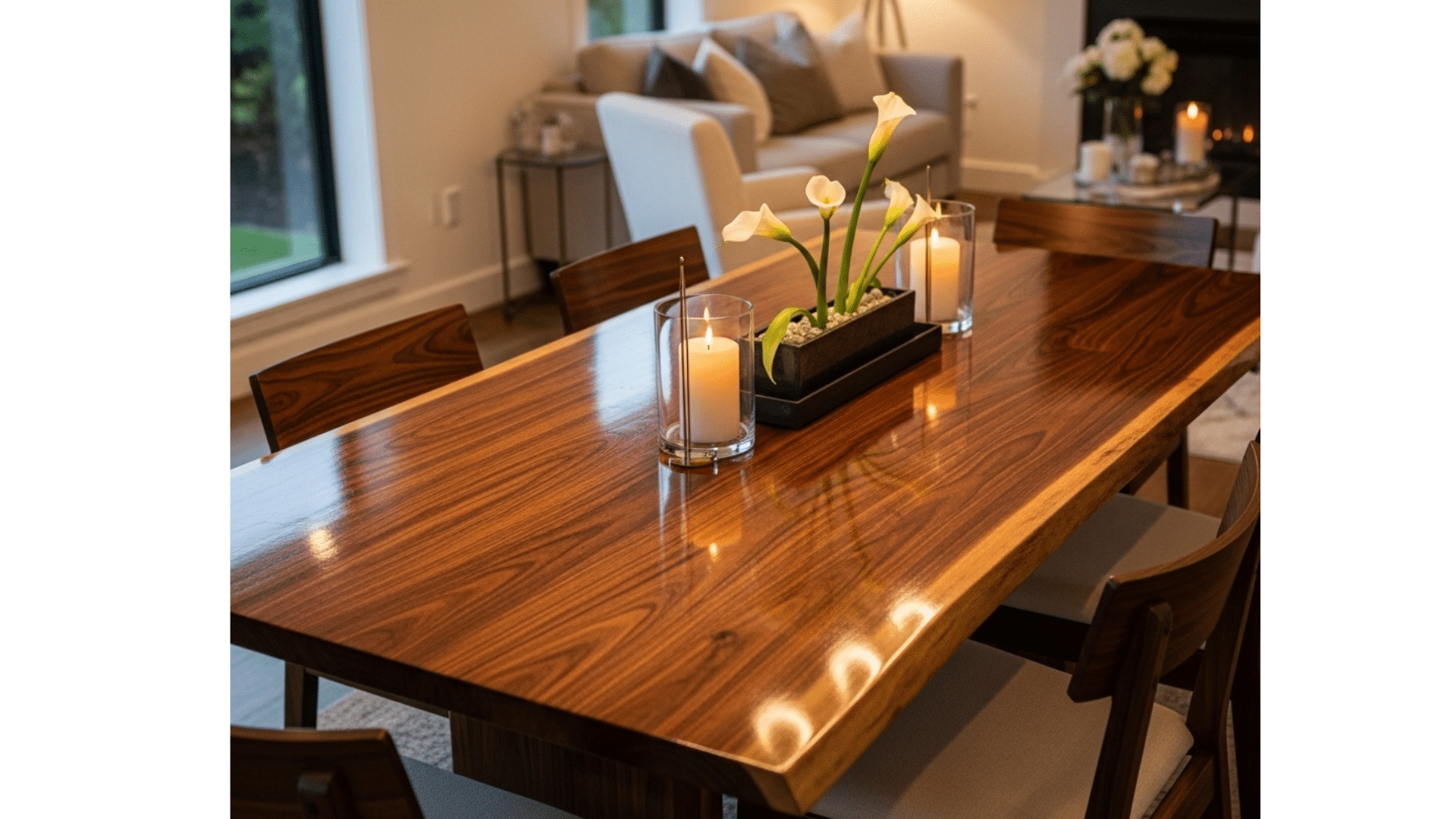
Here are some benefits of lacquered wood that make it both visually appealing and highly practical:
1. Enhanced Appearance
Lacquer creates a smooth, glossy, or satin finish that instantly enhances the look of any surface, whether wood, metal, or decorative material.
It can add depth and richness to natural textures, highlight patterns, and provide a professional, polished effect.
Both clear and tinted options allow for creative customization while maintaining a refined, high-quality look.
2. Strong Protection
One of lacquer’s main advantages is its durable protective layer.
This hard coating guards against scratches, moisture, dust, and general wear, helping surfaces maintain their condition over time.
Its resistance to damage makes it ideal for high-use areas, furniture, metal fixtures, and decorative pieces that need long-term preservation.
3. Low Maintenance
The sleek surface of lacquer doesn’t trap dust or dirt, making it easy to keep clean with a quick wipe.
Its stain-resistant nature also means accidental spills are less likely to cause lasting damage.
These qualities make lacquer a practical choice for busy households, commercial spaces, and items that need to stay presentable with minimal upkeep.
4. Quick Application
Lacquer dries much faster than many other finishes, allowing multiple coats to be applied in a short period.
This efficiency makes it a favorite for both professional finishers and DIY projects, delivering a smooth, uniform look without long wait times.
Its quick curing process also helps reduce project downtime.
Difference Between Lacquer and Varnish
Here is a quick difference between Lacquer and Varnish, as some people make them look similar.
| Feature | Lacquer | Varnish |
|---|---|---|
| Composition | Made from resins, solvents, and additives. | Made from resins, oils, and solvents. |
| Drying Time | Dries quickly (15-30 minutes between coats). | Dries slowly (several hours between coats). |
| Finish | Provides a high-gloss, smooth finish. | Offers a more natural, satin or matte finish. |
| Durability | Hard surface, but less resistant to moisture and chemicals. | More durable, especially against water and UV rays. |
| Application | Often sprayed on, easy to apply. | Applied with a brush or roller, can leave brush marks. |
| Use | Best for interior wood surfaces (furniture, instruments). | Ideal for both interior and exterior wood surfaces (outdoor furniture, boats). |
Best Recommendations for Lacquer
Here are several products related to lacquer across various uses such as thinning, spraying, cleaning, and finishing:
- Lacquer Thinner: A solvent used to thin lacquer-based coatings and clean application tools. It improves flow and leveling and ensures a smooth, streak-free finish.
- Spray Guns for Lacquer Application: Specialized spray equipment designed to apply lacquer coatings evenly.
- Lacquer Brushes: Designed for applying lacquer coatings, brushes often have natural bristles or specialized synthetic bristles that can withstand the strong solvents in lacquers.
- Lacquer Sanding Sealers and Primers: Products used to prepare wood or surfaces before applying the topcoat lacquer.
-
Lacquer Burn-In Knife: A specialized repair tool used for melting and smoothing lacquer sticks to fill and fix damaged wooden finishes.
Conclusion
Lacquer offers a sleek, reflective finish that enhances the natural beauty of a wide range of surfaces.
So, whether used on furniture, decorative items, musical instruments, or automotive parts, lacquer delivers both visual appeal and long-lasting performance.
If you are looking for a finish that combines style, protection, and ease of maintenance, lacquer is a reliable choice.
Start your next project with lacquer and experience the change it can bring to your surfaces.
What are your thoughts on lacquer? Tell us in the comments below.

